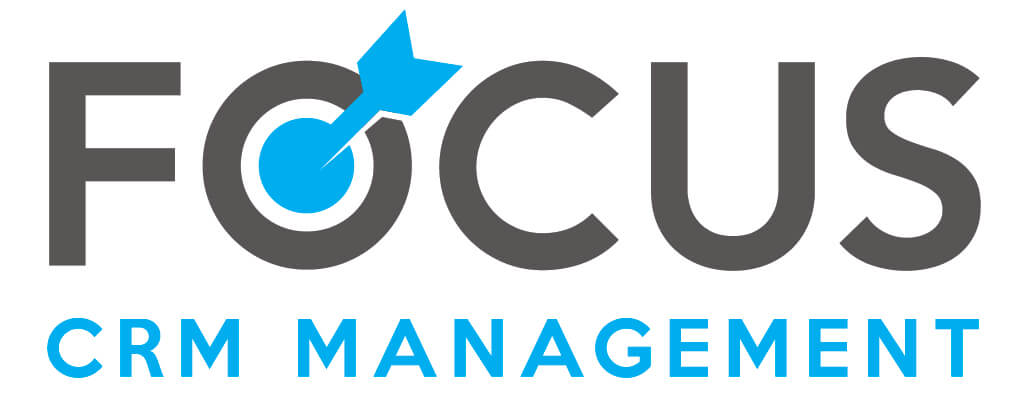 You’ve found a great CRM (Salesforce) that will help your business run smoothly and efficiently. Now it’s time to get your staff on board! Don’t forget, people can be resistant to change; especially when it means altering their long-established best practices!
You’ve found a great CRM (Salesforce) that will help your business run smoothly and efficiently. Now it’s time to get your staff on board! Don’t forget, people can be resistant to change; especially when it means altering their long-established best practices!
With the right training, encouragement and support, successful adoption of Salesforce is achievable.
When implementing Salesforce, be mindful that your team may not see the benefits of using new processes and technology. How you deploy the system and interact with your staff can either encourage or discourage change. Achieve early adoption and consistent user engagement going forward by taking the three steps noted in this article!
Three Tips to Encourage Salesforce Early Adoption
As a company approaches Salesforce implementation, early and consistent use by employees is one of the key success measurements that will show if your usage on the right track or not. Ensure your company is positioned to succeed and make it as easy on employees as possible through:
Data Cleanliness
If your database is a mess, using Salesforce could take the smallest of objectives longer and be more complicated than other means. Ensuring that your data is easy to find makes the platform desirable during adoption. You can do this by:
- Avoid text fields where possible. Wherever possible, standardize input values by using pick lists, check boxes, date fields, etc. If you have to use text fields, create validation rules so Salesforce can notify a user if the information entered is not in the correct format (e.g. phone numbers and addresses). This not only enables a user to quickly capture data, but enables consistency throughout the database to avoid headaches and mass rioting when reporting on the data entered.
- Make key fields mandatory. Define which fields are mandatory when creating and managing records in Salesforce. This will ensure those records created will always have the absolute minimum information required while also assisting users to know what fields they are required to know information for.
- Use automation when possible. If fields can be updated automatically based on information captured in other areas of the system, save a user time and increase consistency by using a workflow to complete a field update. Everyone hates double entry if it can be avoided.
Keeping Salesforce consistent and clean makes everyone’s job easier, and the simpler the process, the more attractive it is for early adoption.
Communication
The more you talk about Salesforce, the more it’s on people’s mind. Talk about Salesforce with your team frequently, and use it when discussing:
- Clearly outline how you expect your staff to use Salesforce. If you see any divergences, follow up with your staff to see if they have any feedback about how Salesforce could be better used to suit their specific requirements. If staff are falling back into old habits, remind and train them of the “why” behind the new expectations.
- Metrics and Documentation. Establish and communicate to each user which metrics are to be used to measure usage and how to access them. Continuously refer to these metrics in all relevant meetings and reviews and avoid excuses by using the response “if it isn’t in Salesforce, it doesn’t exist”.
Ease of Information
Ensure, as best, Salesforce is your single source of data. Use files, notes, notes, and chatter to share information in a searchable format. Keep the data clean and communicate expectations and what is accessible to your staff. Ensure that an uploading process is established to keep information standardized and enable the team to help themselves. This promotes uninterrupted work by having to leverage multiple systems and means employees are less likely to become demotivated.
Ease Salesforce Adoption by Working with Focus.
Focus maintains a team of highly skilled and tenured consultants, administrators and trainers. We act as an ongoing partner to not just provide you with awesome Salesforce technology, but to help you adopt Salesforce into everyday best practices.
If you’re looking to implement Salesforce, or have implemented it and need additional support, contact us.

